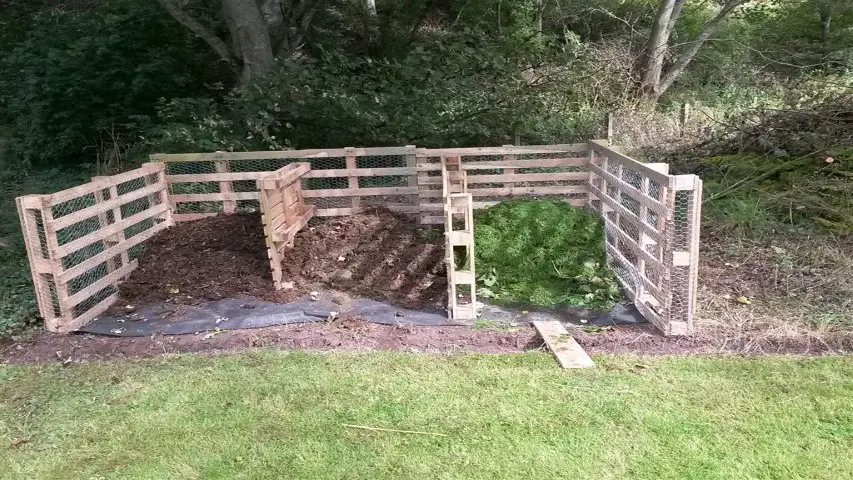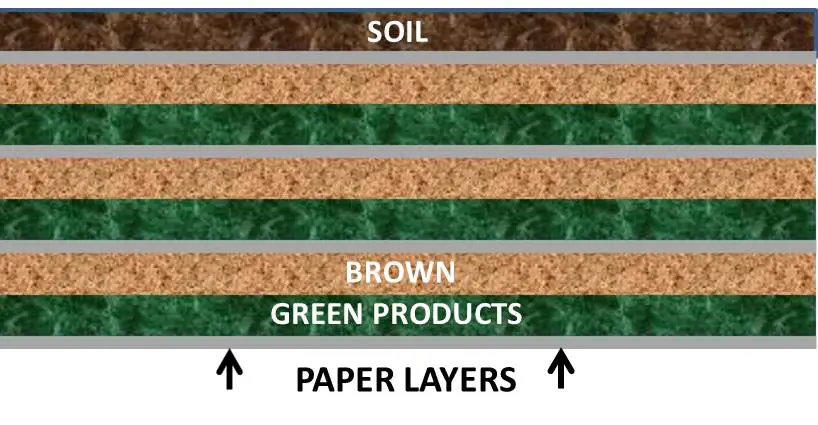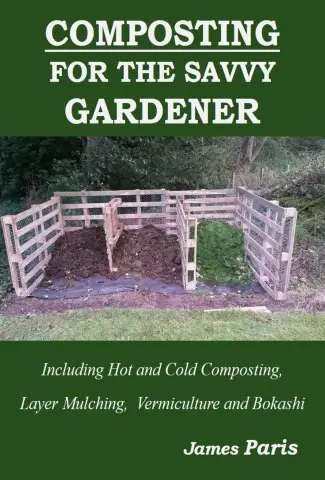Having a rich and full supply of good compost is every budding gardeners dream – or at least it should be!
Compost has many uses, but mainly it is all about feeding the plants be they vegetable, tomato, or flower plants, all of which will benefit from good compost. However, composting (the process of creating compost) can be very labour intensive and unsurprisingly, hard graft!
Time after all is money and I value my time as do most people. Spending hours or days turning over my compost heap is not my idea of good fun or indeed quality time. With this in mind I developed a simple yet straight forward way to compost with minimal labour.
Simple Composting Outline:
- Create a composting area that is large enough for your needs
- Gather together your materials, 4 parts Brown to 1 part Green material
- Break up any large components over 1 inch thick or large leaves
- Layer them together for a good mix of brown and green material
- Turn the mix at least once per week to oxygenate if looking for quick compost

As you may see from the pictue, I built one compost bin with 3 compartments. Each compartment is approximately 4 feet wide, 4 feet deep, and 3-4 feet high.
Basically it is built around the sizes of the pallets which I have used in this case. The bins are secured in the corners and the front of the compartments with fence posts
Pallets have natural gaps which are great for air circulations (a must for creating healthy compost) The bins are only 3 sided, I left the front of the bins open so they can be filled and emptied easily with a wheelbarrow.
The Composting Process
To begin the process of creating your compost. Each bin is filled yearly, so the material all goes into the first bin over the first year. This is left to rot down and the material added to the second bin in the 2nd year and so on.
Best to begin by adding some thin twigs and/or straw to the bottom of the bin for aeration and to create ‘brown’ carbon material. Then put grass clippings, dried leaves, and other organic material.
and to create ‘brown’ carbon material. Then put grass clippings, dried leaves, and other organic material.

The general idea is to build up your bin with a selection of both ‘green, and ‘brown’ material in layers as you have it. The green material adds or represents the nutrients such as nitrogen and potassium, whilst the brown material is your bulk or carbon material.
It is the brown material – dried leaves, twigs, straw, etc, that gives the bulk ( 4 to 1) and friability to your compost heap.
to your compost heap.
Grass clippings in particular make excellent material for the compost as they are rich in nitrogen. However be careful not to add more than about 6 inches at a time otherwise you will end up with a slimey smelly mess – not the good compost you are looking for!
When To Turn Over The Compost Heap
Other material that adds the bulk to your compost is old pots with used compost and dead plants within. Just throw them into the compost heap and break them up with a spade. The root ball will take an age to break down if you leave them as-is.
When the bin fills up, then it should be turned over once every 2 weeks or so. If your feeling up for it then this can be done more often if you wish.
This speeds up the composting process by adding air to the mix and allowing the tiny microbes to do their stuff!
If you find that you have more than enough material to fill the first bin halfway through the season, then simply move on to the second bin anyway and start with that as you turn over the first bin.
In dry weather it is good practice to give the heap a good soaking once in a while. If the heap is allowed to dry out then this will dramatically slow down the composting process.
You can do this by setting up a small sprinkler atop the compost heap, or you can just use the hose end to soak it for a few minutes.
This is not rocket science, and mainly involves common sense, or indeed if you pay for your water you might want to err on the frugal side of things rather than just letting it all (with your money) soak away.
Bottom line is that if you turn the full compost pile on a regular basis then you will get actual usable compost much quicker – maybe after just 1 year.
If however you do not turn it over regularly when the bin is full, then the composting process will take a couple of years on average to give you good results.
Here is a good example of a compost turner on Amazon that will really speed up the process.
on Amazon that will really speed up the process.
Final Notes On Composting
Finally, if you find that you have an abundance of green material but are lacking in brown stuff, then you can even buy shredded brown paper to add to the heap. This will rot down nicely and add the carbon bulk material.
Either that or a trip out to the nearest woodland to scavenge some thin dead twigs or branches to add to your pile.
Never add any material that is over about half an inch think maximum, or it will take years to break down.
Even things like the stems of cabbages, corn, or brussels sprouts have to be chopped up before adding to the pile if you want to get the best results.
Basically the smaller the material then the quicker it will revert to compost, so with that it mind it pays to chop up everything that is bulky before adding to the heap.
Patience is the key to making good compost. However once you have ‘served your time’ and the compost is made you will have excellent material to add to your Raised Bed or Square Foot Garden. The results will speak for themselves in abundant produce!

